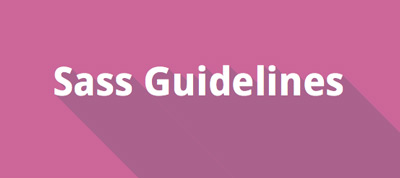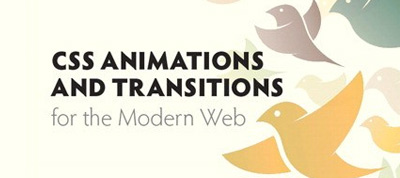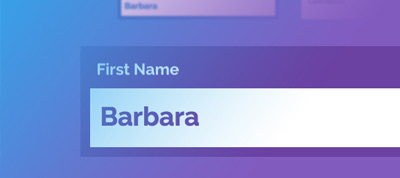The 2014 CSS Report: Examining How CSS Is Being Used in the Wild
Alex McPherson
Alex McPherson scraped 8000 websites and looked at them to identify patterns and trends, and to see how fast they actually are.

Alex McPherson scraped 8000 websites and looked at them to identify patterns and trends, and to see how fast they actually are.

Styleguide for writing sane, maintainable and scalable Sass. This is a priceless resource if you’re working (or thinking about working) with Sass.

With CSS Animations and Transitions for the Modern Web, you’ll learn how to make your websites more vibrant and compelling with user interfaces that are functional, reliable, and usable, as well as beautiful.

In this article, Rachel Andrew takes a look at the CSS modules that have been created not for use in web browsers, but to deal with printed and paged media.

Matt Mastracci shows a couple of really interesting things you can do with :nth-child and :nth-last-child selectors.
Zach Leatherman shows how to load your fonts and font content asynchronously.
Chris Coyier gives a couple of great tips on how to keep CSS specificity low over time.
Christian Heilmann shows how to conditionally show form fields and explains what are drawbacks and advantages of CSS-only approach.

As a supporter, you will get an ad-free newsletter, you will get the newsletter at least 12 hours before non-supporters, and your profile will be shown on CSS Weekly’s website.
A NodeJS based tool that picks up performance data from browser developer tools and converts them to metrics like frame rates, expensive event handlers, paints, and layouts.
deSVG is a handy tool that will help you remove inline SVG bloat from your HTML.

Some inspiration for effects on text inputs using CSS transitions, animations and pseudo-elements.
Happy coding,
Zoran Jambor